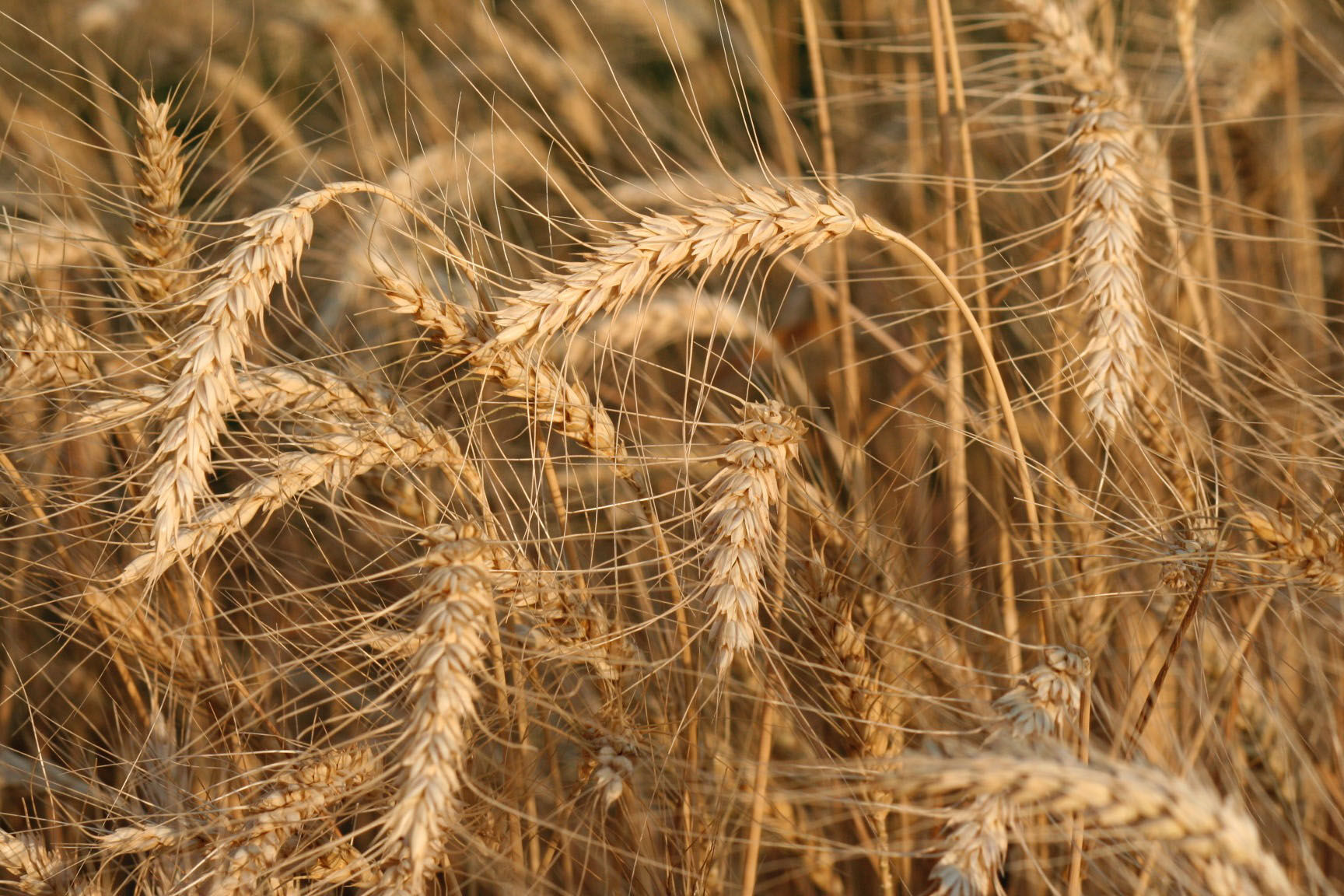Texas A&M AgriLife held their wheat plot tours May 27 in Bushland, Texas, with many growers in attendance to learn about new varieties and hear an up-to-date report on Texas’ wheat crop.
Darby Campsey, director of communications and producer relations at the Texas Wheat Producers Board and Association said the U.S. Department of Agriculture National Agricultural Statistics Service indicates Texas’ wheat harvest is 12% completed, but the progress has slowed down over the last few weeks with all the rainfall. According to Campsey, the wheat in Texas is 96% headed right now.
“We began about three and a half weeks ago down in the coastal bend and south Texas,” Campsey said. “The crop coming out of that area has been pretty good and very high in protein, but they’ve had some drought issues earlier this year.”
Campsey said the dryland wheat has been thin and in some areas growers are choosing not to harvest dryland wheat at all. She said the irrigated wheat has looked good with nice test weights.
“Our five-year average for harvest is 24% right now, but some producers in central Texas are worried about sprout damage,” she explained. “We have seen some evidence of that happening, and that’s kind of what you get when you have a mature crop and then a lot of rainfall. However, the rain was very much needed here in the High Plains.”
Campsey said crop conditions have been poor in Texas this spring and the state’s wheat crop is about 20 points below where they were last year as far as our ratings from good to excellent.
"I think we’re at 25% good to excellent, 41% fair and 34% poor to very poor. There has been some freeze damage and drought issues, but we are very optimistic about the crop when it comes to the Blacklands—especially the soft red winter wheat. Normally in the fall, this type of wheat gets way too much moisture, and this year producers had a good planting window, so we’re hoping to rebound in that area from previous years.”
NASS has estimated this year Texas will produce 60.8 million bushels of wheat, which is a decrease from last year by 1%. According to USDA, 5.5 million acres were planted this year in the state, and that’s a 12% increase from last year. It is expected that 1.9 million acres will be harvested for grain, which is a decrease from last year.
“We typically estimate that we will harvest about 50 to 45% of what is planted and the other half will be used for grazing or other purposes,” Campsey said. “This year has been challenging because only about 35% of the acres are expected to be harvested for grain.”
Lacey Newlin can be reached at 620-227-1871 or [email protected].



